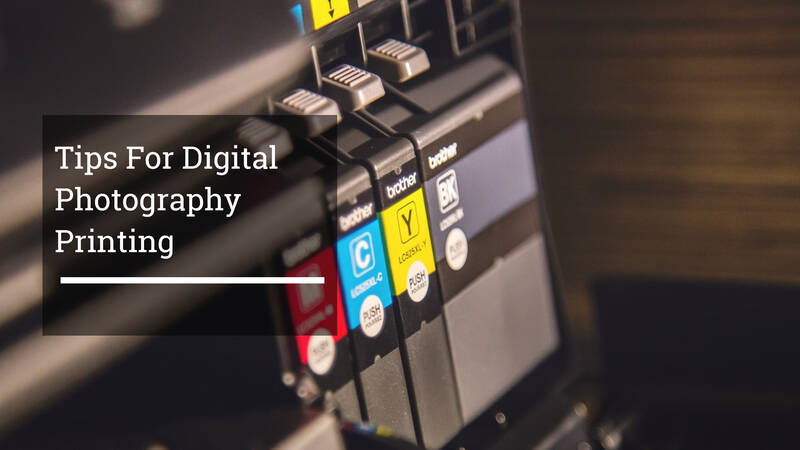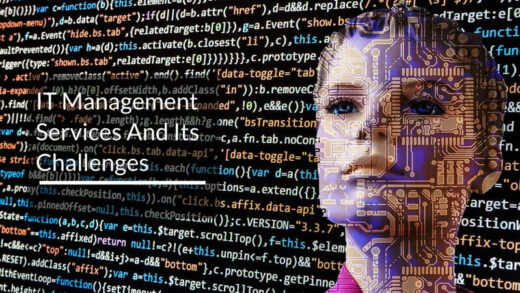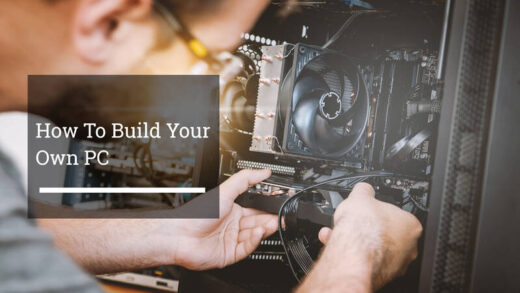
In this transition phase from analog to digital photography, everyone knows the difference in how each image is processed into a beautiful print.
For analog photography, the negative (film) is developed into photos in small shops called developing studios, low-end or high-end, available a few walks away from a nearby establishment.
They come at an inexpensive price per piece of shot, but are expensive in rolls. This is the conventional way of taking pictures. Nowadays there is a craze for digital cameras everywhere! Who wouldn’t want private photo shoots from a stylish and practical digital camera, where printing is done at home at one’s convenience?
Comfort and privacy are the perfect words for digital photography. The question is how convenient is it to produce a copy? On privacy, there is no question, when you take a photo with a digital camera, you do not have to leave the house.
All you need is a printer. When you need a printer, the variety of other needs will start to line up one by one because the following are needed to create your own digital photo print. For a good digital photo print, you will have the following:
– A high resolution digital camera with at least 2 megapixel resolution
– A standalone digital printer (no need for a computer)
– Fully charged personal computer
It is clear that processing digital printing at home is not cheap. The mania only applies to those who have a PC at home. Let’s say you have all the equipment for digital photo printing, the following requirements are quite complex than it sounds.
Digital cameras are capable of deleting unwanted snapshots. No more worrying about film wasted by bad shots. Now is the time to transfer or upload your images to your PC.
In a subdirectory, you will see photos transferred to digital files commonly in JPEG or RAW format. In the future, this will change. Your digital camera settings and settings will greatly affect the output you expect.
The very important aspect to understand when doing digital photo printing is to have knowledge about resolution.
What you see on the computer monitor is not what you will see on the printer. This is overwhelming for beginners. The representation of points or pixels comprise an image.
With a minimum requirement, a setting of 300 dpi (dots per inch) will already make a good impression. For better prints, the resolution should be higher. Wait for the computer to slow down, assign realistic values.




1 Response
[…] In this transition phase from analog to digital photography, everyone knows the difference in how each image is processed into a beautiful print. […]